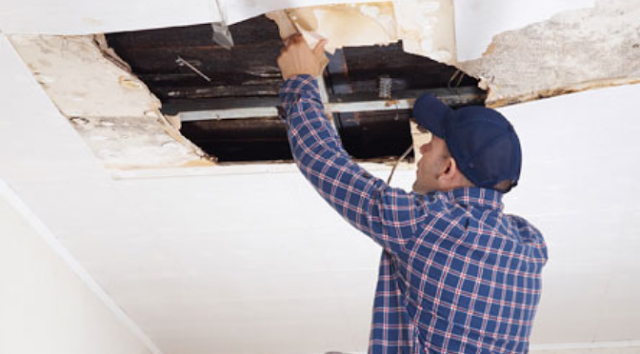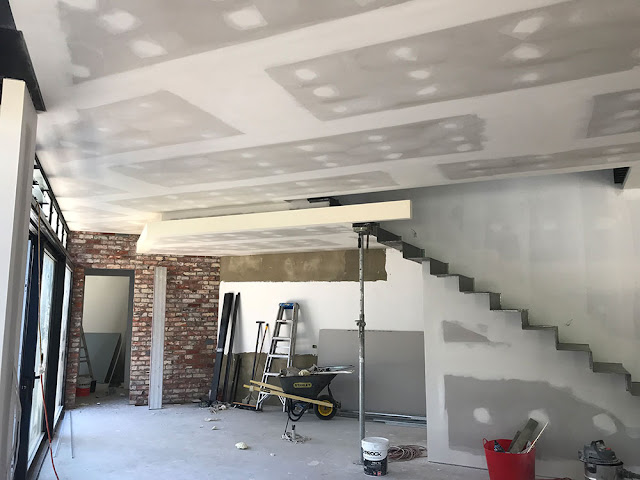Reasons Behind A Hairline Cracked Ceiling That Demands Attention
Hairline cracks are not uncommon. Other than speaking of the structural defect, hairline cracks suggest a wide variety of causes. These have been mentioned here.
What is hairline crack?
If the professionals have told you that the ceiling has got hairline cracks it could be because of a variety of reasons. Most importantly a cracked ceiling can be because of changes in temperature in a particular room or some plumbing related problems around the ceiling. Sometimes changes in the building can also lead to cracked ceilings.
What is most significant here is determining the cause behind a hairline crack. Before you look for cracked ceiling repair in Perth first find out the major cause behind the problem. Unless the root cause behind a crack is resolved, its difficult to fix a cracked ceiling.
Let’s check out the common causes that lay behind hairline cracks:
Foundational movement
Plaster or gypsum is applied on a ceiling or walls. However, foundation movements, earthquakes and atmospheric changes and other fundamental factors can influence the plaster surface which later leads to cracking.
Humidity variance
Hairline cracks occur when walls of a house move slightly because of difference in humidity levels. The humidity levels change during different months of a year and this leads to hairline cracks.
Absence of paint
You will be surprised to learn that a majority of ceiling cracks occur because of absence of paint. As a result of its absence the surface of the ceiling falls apart along the plastering. Hairline cracks thus surface easily because of absence of primer or paint.
Water damage
Water damage is also another chief cause for occurrence of hairline cracks along the plastered ceiling. Moisture may seep through the surface of a roof and enter the ceiling during rainy months. Generally, moisture from dew, snow and rain are considered the strongest factors behind hairline cracks along plaster ceilings. They can enter the ceiling via holes or windows and lead to formation of hairline cracks.
Heavy objects
Sometimes placement of heavy objects on a plastered ceiling can lead to cracks in the plastered ceiling. Even though the weight may not be the only cause behind rise of cracks, regular use of the object can lead to cracks.
The constant expansion of wooden beams
When the wooden beams expand or contract due to temperature variance or because of moisture seepage, the structure shifts and leads to cracks.
These are fundamental reasons leading to hairline cracks on ceilings, which demand immediate fixing.




Comments
Post a Comment